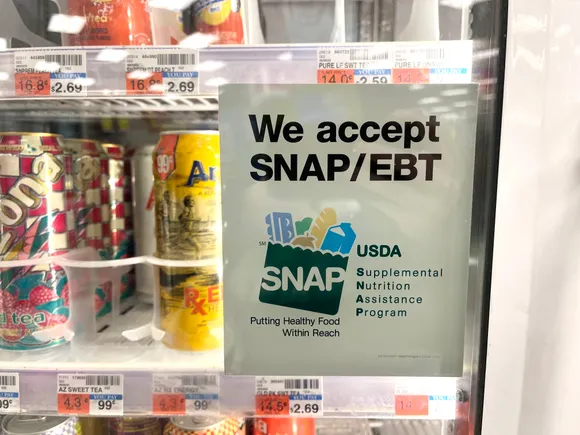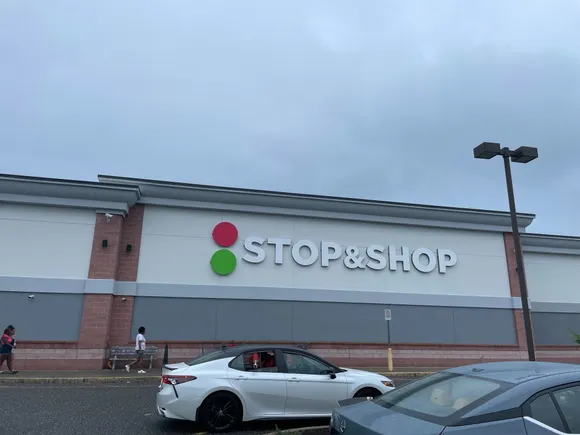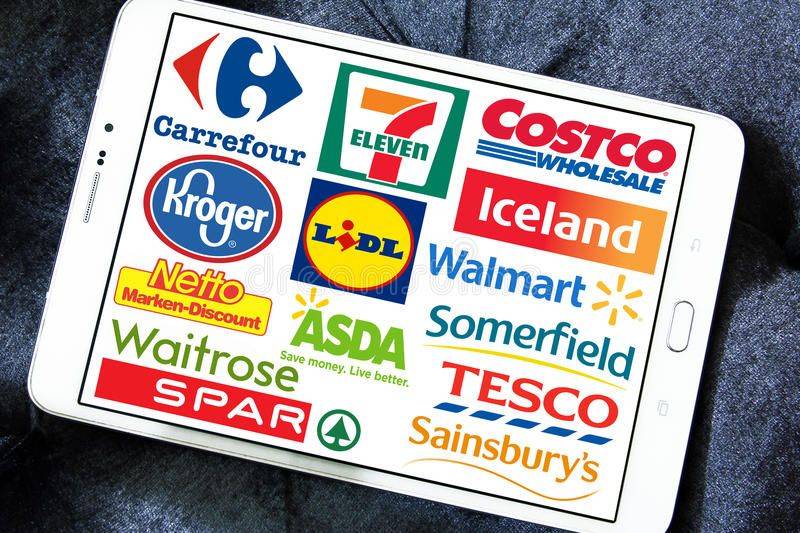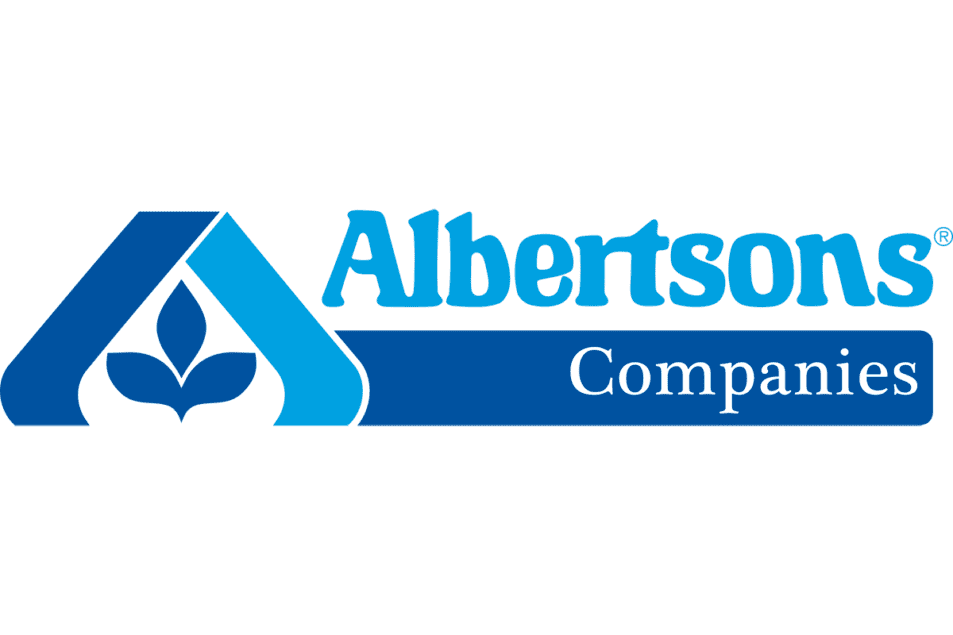More than 47M people live in food-insecure households, USDA reports
Dive Brief:
- The U.S. Department of Agriculture’s Economic Research Service reported 47.4 million people lived in food-insecure households last year, an uptick of 3.2 million compared to the year prior, according to the department’s latest Household Food Security report.
- There were 18 million food insecure households in 2023, an increase of 1 million households over 2022 and up more than 4 million from 2020, the USDA reported.
- Grocers have made strides to help improve food access by expanding the acceptance of SNAP and EBT amidst rollbacks and by partnering with third-party e-commerce providers to enable online access.
Dive Insight:
The USDA’s findings show that 13.5% of households were food insecure for at least some time last year, a significant uptick from the 12.8% of households that were food insecure in 2022.
The spike in the number of food insecure individuals was likely driven by inflation and the discontinuation of COVID-19 relief efforts like SNAP emergency allotments and free school meals for all students, Crystal FitzSimons, interim president for the USDA’s Food Research & Action Center (FRAC), said in a statement about the report.
FitzSimons, as well as Agriculture Secretary Tom Vilsack, placed blame on Congress and other lawmakers for not prioritizing federal nutrition programs aimed at addressing poverty.
Food-secure households spent 16% more on food than the typical food-insecure household of the same size and composition, the report found, adding that food insecurity negatively impacts dietary quantity and quality. Low-income, food-insecure households purchased fewer calories overall and had lower nutritional food purchases than low-income, food-secure households.
More than half (58%) of food-insecure households reported receiving assistance from one or more of the nation’s largest federal food and nutrition assistance programs, with 42% participating in SNAP.
Since the end of SNAP emergency allotments in February 2023, grocers have bolstered their efforts to expand SNAP accessibility and reach food-insecure households.
In June, Albertsons partnered with Uber to launch a white-label delivery service that donates surplus food from its banners to local nonprofits and food banks.
The USDA made SNAP online purchasing available nationwide in June 2023 and, since then, grocers including Kroger, Albertsons and e-grocer Thrive Market have added the capability to their online ordering platforms.



